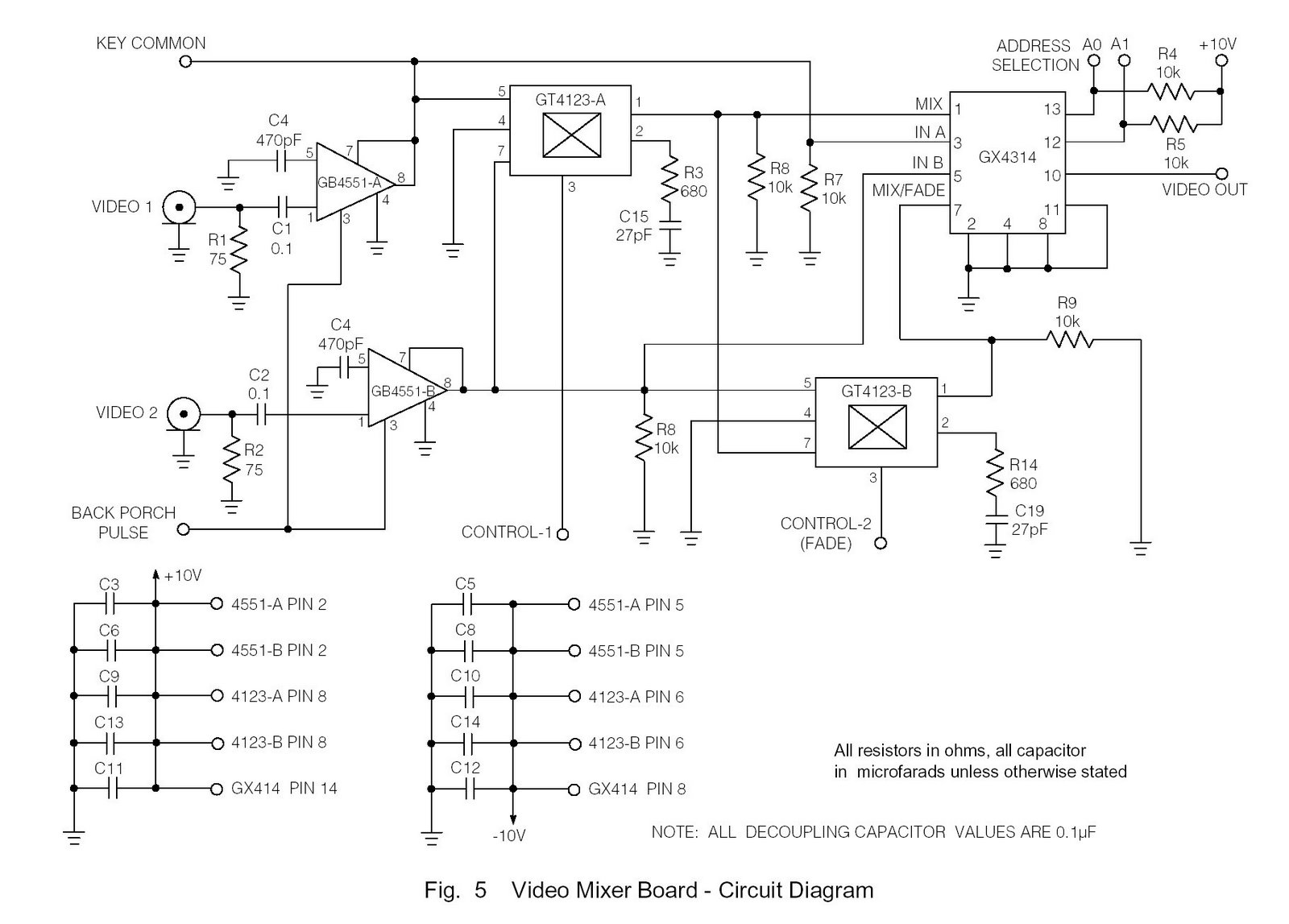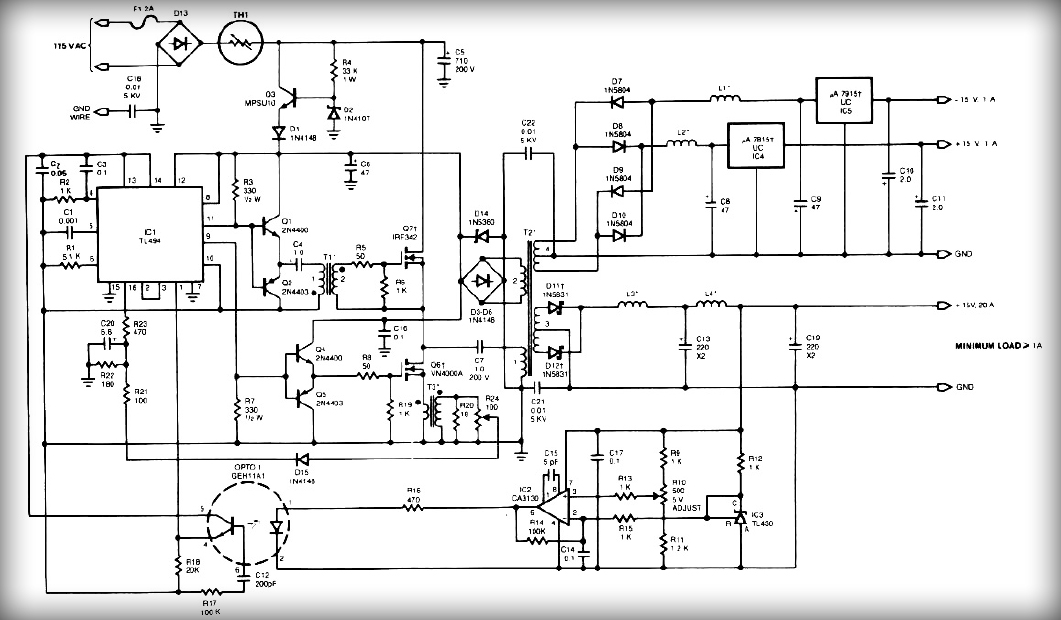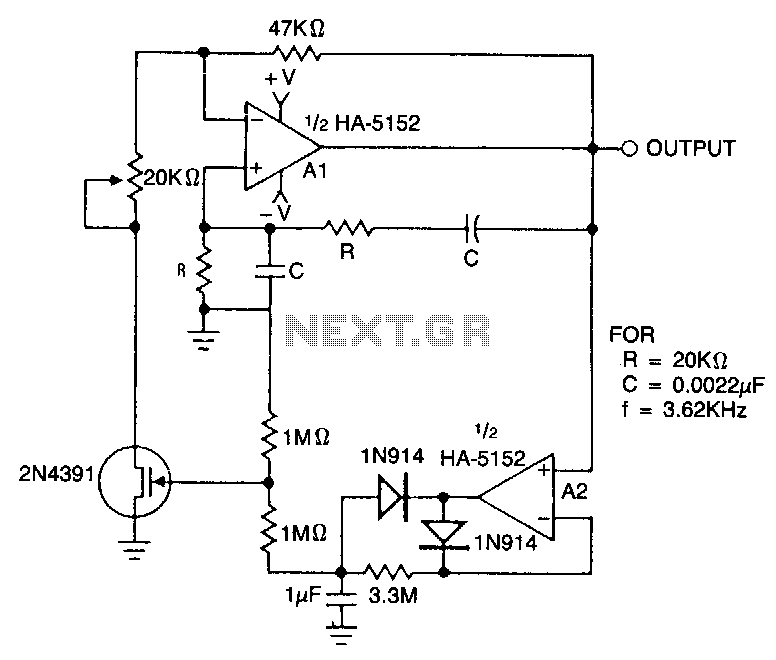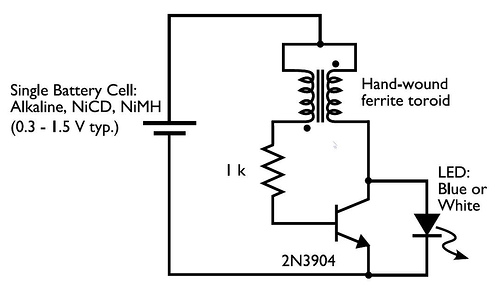
Digitally tuned low power active filter

This constant gain, constant Q, variable frequency filter provides simultaneous low-pass, bandpass, and high-pass outputs. With the specified component values, the center frequency will be 235 Hz for high logic inputs and 23.5 Hz for low logic inputs. The quality factor (Q) is set to 100, and the gain is also set to 100.
The described circuit operates as a versatile filter capable of producing low-pass, bandpass, and high-pass outputs simultaneously. This functionality is achieved through a combination of operational amplifiers (op-amps) and passive components such as resistors and capacitors, which are arranged to define the filter's response characteristics.
The constant Q design ensures that the filter maintains a consistent quality factor across its operating range, which is crucial for applications requiring precise frequency selection and bandwidth control. The Q factor of 100 indicates a narrow bandwidth, allowing for selective filtering of signals around the center frequencies of 235 Hz and 23.5 Hz, depending on the logic input level.
The gain of 100 signifies that the output signal will be amplified by this factor, enhancing the signal strength while preserving the filter's frequency response characteristics. This is particularly beneficial in applications where signal integrity is paramount, such as audio processing or sensor signal conditioning.
The filter's design can be implemented using various topologies, including Sallen-Key or multiple feedback configurations, depending on the required specifications and component availability. Careful selection of resistors and capacitors is essential to achieve the desired center frequencies and gain, and simulation tools can be employed to model the filter's performance before physical implementation.
In summary, this constant gain, constant Q, variable frequency filter is a sophisticated solution for applications needing simultaneous low-pass, bandpass, and high-pass filtering capabilities, with precise control over frequency and gain parameters.This constant gain, constant Q, variable frequency filter provides simultaneous low-pass, bandpass, and high-pass outputs with the component values shown, the center frequency will be 235 Hz and 23.5 Hz for high and low logic inputs. Respectively, Q = 100, and gain = 100.
The described circuit operates as a versatile filter capable of producing low-pass, bandpass, and high-pass outputs simultaneously. This functionality is achieved through a combination of operational amplifiers (op-amps) and passive components such as resistors and capacitors, which are arranged to define the filter's response characteristics.
The constant Q design ensures that the filter maintains a consistent quality factor across its operating range, which is crucial for applications requiring precise frequency selection and bandwidth control. The Q factor of 100 indicates a narrow bandwidth, allowing for selective filtering of signals around the center frequencies of 235 Hz and 23.5 Hz, depending on the logic input level.
The gain of 100 signifies that the output signal will be amplified by this factor, enhancing the signal strength while preserving the filter's frequency response characteristics. This is particularly beneficial in applications where signal integrity is paramount, such as audio processing or sensor signal conditioning.
The filter's design can be implemented using various topologies, including Sallen-Key or multiple feedback configurations, depending on the required specifications and component availability. Careful selection of resistors and capacitors is essential to achieve the desired center frequencies and gain, and simulation tools can be employed to model the filter's performance before physical implementation.
In summary, this constant gain, constant Q, variable frequency filter is a sophisticated solution for applications needing simultaneous low-pass, bandpass, and high-pass filtering capabilities, with precise control over frequency and gain parameters.This constant gain, constant Q, variable frequency filter provides simultaneous low-pass, bandpass, and high-pass outputs with the component values shown, the center frequency will be 235 Hz and 23.5 Hz for high and low logic inputs. Respectively, Q = 100, and gain = 100.





